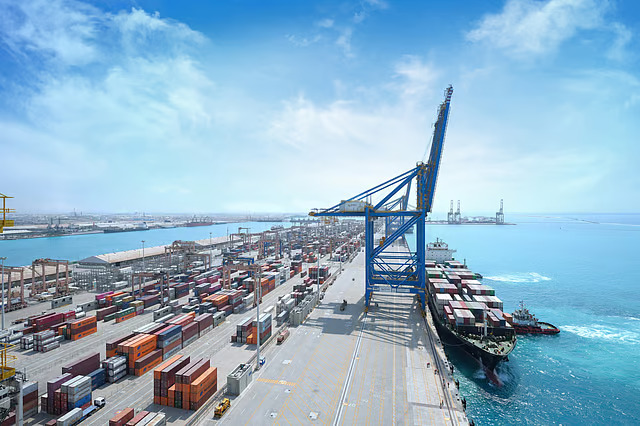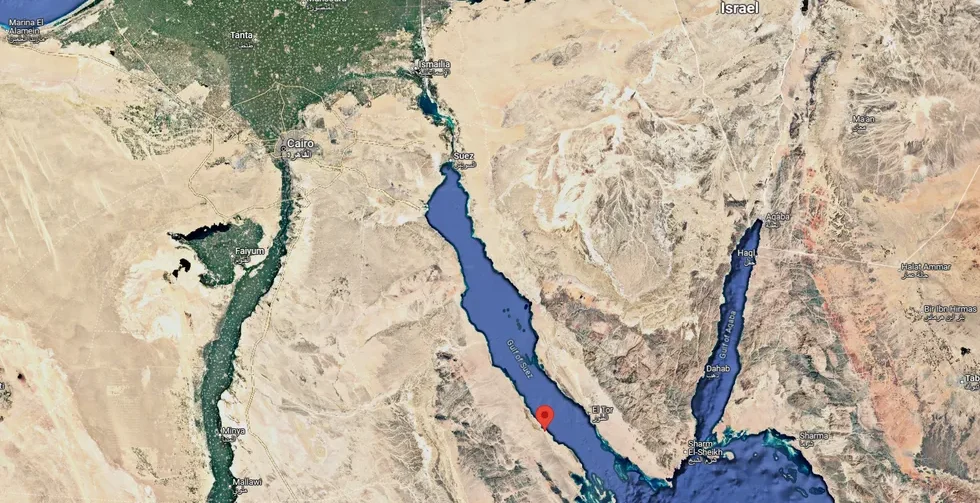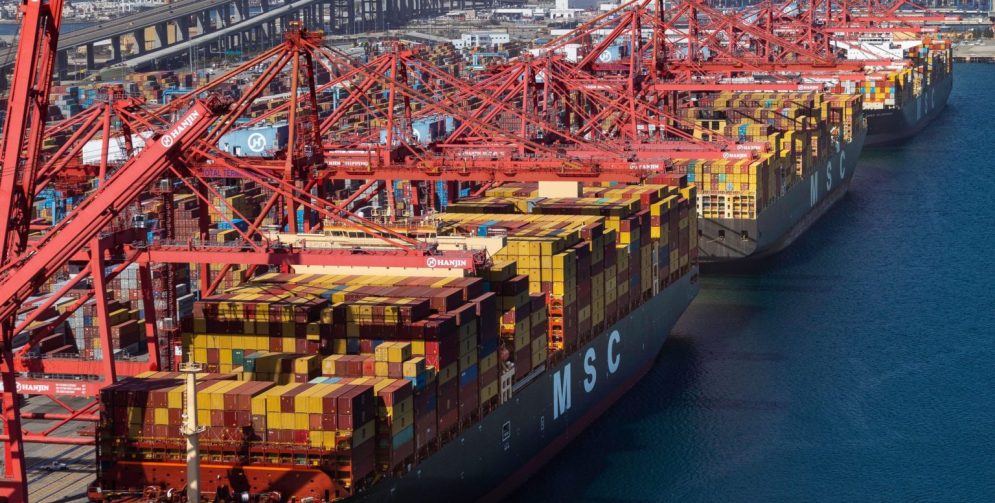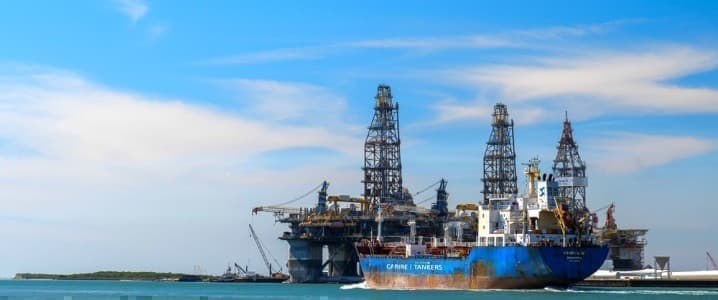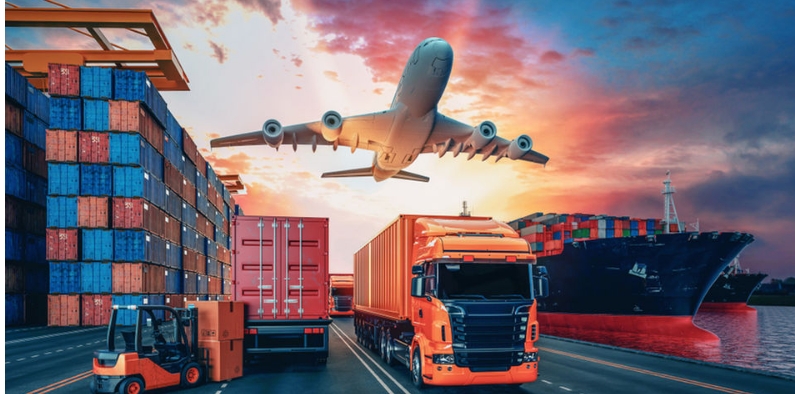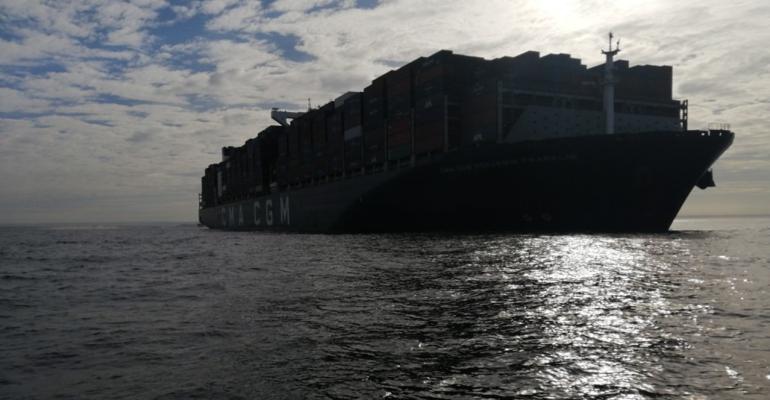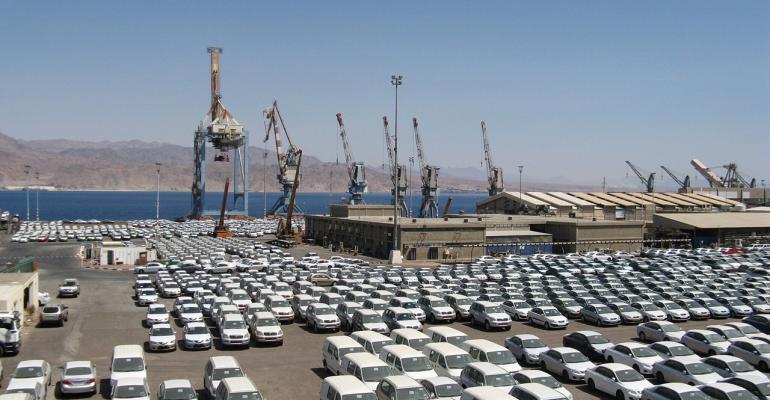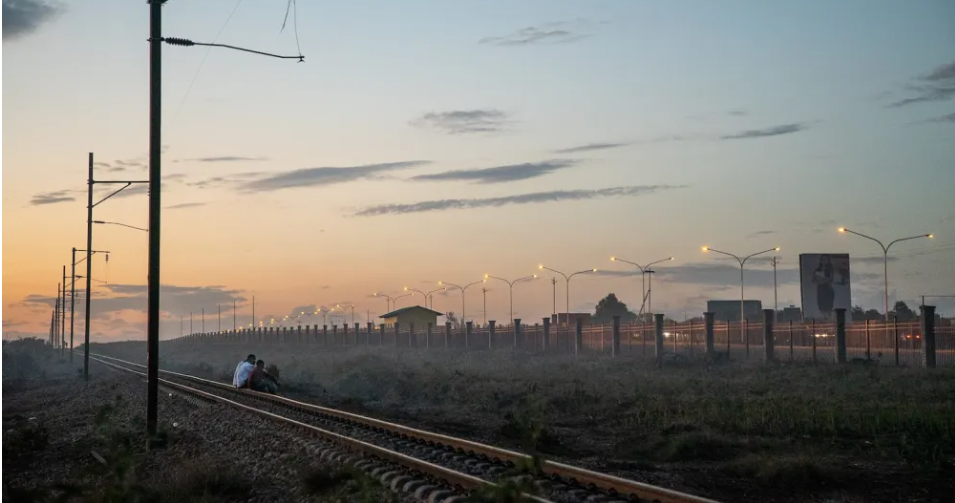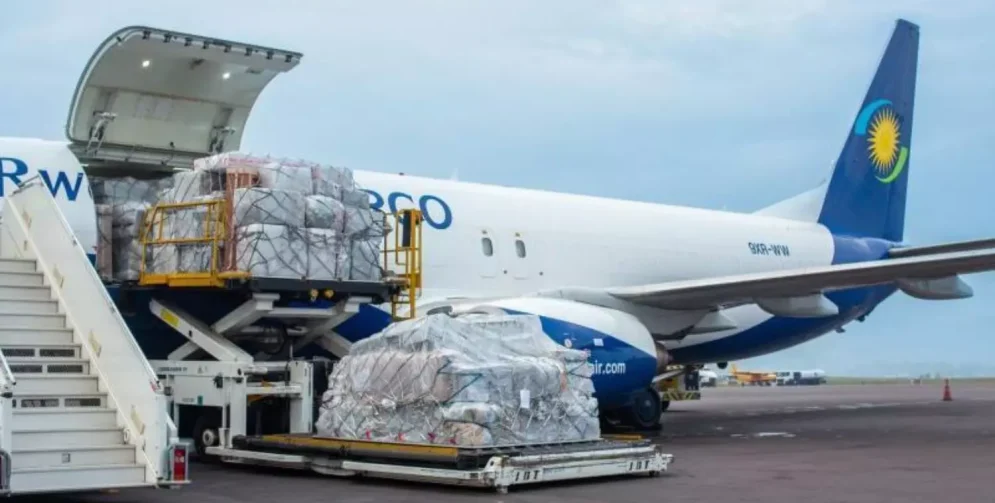Competing railway corridors pit the United States against China; Kenya faces a violent crackdown on tax protests.
The highlights this week: Protests in Kenya turn violent, Ghana reaches a debt deal, and Namibia decriminalizes homosexuality.
Can the Lobito Corridor Counter China in Africa?
The U.S. government is helping to revive a railway line linking critical mineral mines in Zambia and the Democratic Republic of the Congo to the port of Lobito in Angola. The corridor is a key to the Biden administration’s plan to counter China in Africa. (Chinese companies have made extensive infrastructure investments in all three countries.)
The end goal of the Lobito Corridor is to create an efficient route for exporting critical minerals to the European Union and the United States. Last week, Italy announced a $320 million investment in the project as part of Prime Minister Giorgia Meloni’s bid for African resource access, named the Mattei Plan for Africa. A consortium of European companies—Mota-Engil, Vecturis, and Singapore-based Swiss commodity trader Trafigura—have won a 30-year concession from the three African nations to operate the railway.
Freight Management Mistakes and How to Avoid Them
The United States has committed $250 million, mostly in concessionary loans to the Africa Finance Corp., which is spearheading the project, but that transaction has yet to receive final approval. Other major funders include the African Development Bank ($500 million). The Lobito project is ultimately expected to cost $2.3 billion.
Congo is the world’s largest producer of cobalt, accounting for about 70 percent of production globally. Congo and Zambia are Africa’s main copper producers; meanwhile, Angola has 36 of the 51 minerals that are critical to green energy technologies. Belgium and Portugal built the original rail line between 1902 and 1929, but it collapsed following a civil war and Angola’s 1975 independence from Portugal.
However, once the roughly 800-mile line is built, it could still be accessed by Beijing’s state mining companies for export. So far, only the Canadian firm Ivanhoe Mines has committed to using the railway.
Meanwhile, China has proposed rebuilding and running a rival railway, the Tazara line—which is 300 miles shorter than the Lobito Corridor—as a faster way to transport critical minerals from Congo and Zambia. Tazara, first built by Chinese leader Mao Zedong’s government in the 1970s, runs from Zambia to the Indian Ocean port of Dar es Salaam in Tanzania and is just one part of China’s infrastructure investments in Africa over the past four decades.
“The reality of the Lobito Corridor development is that it may be coming too late in the day … since most of the supply has already been locked in by China,” wrote Evans Wala Chabala, a policy consultant and former chief executive of the Securities and Exchange Commission of Zambia.
Congo, which sells most of its raw minerals to China for processing, hopes that the Lobito Corridor will also draw investments in a battery precursor plant that could cost just one-third of an equivalent plant in China or the United States.
However, Kinshasa is contending with ongoing violence in the eastern region of the country as well as a lack of specialized workers; the most likely candidates to risk such a project would be Chinese operators. Experts believe that Chinese mine operators would be able to use the corridor for export.
“With the EU and the US lagging in terms of EV [electric vehicle] technology, it is very likely that the DRC and Zambia will end up looking to the East for the capacity and capability building of EV battery value chains,” Wala Chabala noted.
“Just compare the number of essential EV players in China to that of the United States. Whereas only a handful of B-level companies meet Tesla’s dominance in the United States, China has powerhouses in BYD, Geely, XPeng, Nio, Chery, and others” Jorge Guajardo wrote in Foreign Policy.
Some analysts argue that the Lobito Corridor is little more than a minerals extraction project, and that the United States needs to look beyond that to outmaneuver China. “Washington’s attempt to borrow a page from Beijing’s book could prove to be a day late and a dollar short at a time when the nature of the relationship between Beijing and African capitals is changing,” wrote Chris O. Ògúnmọ́dẹdé, an analyst studying African politics.
Beijing is attempting to build local value-added chains. Zimbabwe, Namibia, and Nigeria, in which Chinese companies have a monopoly, have restricted the export of raw lithium in favor of processing it locally in Chinese built refineries. To be fair, Washington has also pledged along with China to help Zambia add value to raw minerals and create jobs in EV battery manufacturing.
Yet “one of Beijing’s considerable advantages over its rivals is its ability to get the private and public sectors to align with its geopolitical and strategic objectives,” wrote Christian Géraud Neema Byamungu, an expert on China-Africa relations.Success hinges on whether the U.S. government and EU leaders can convince private companies to compete against state-owned Chinese companies that face little regulation and accountability.
